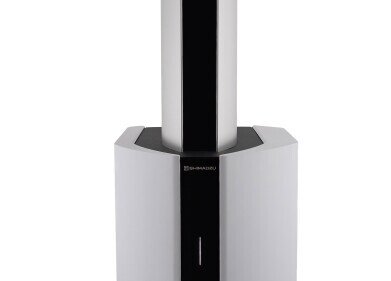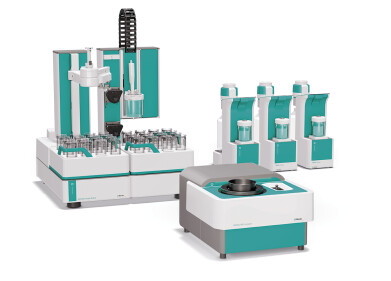Mass Spectrometry & Spectroscopy
Three Parent Babies - How Does It Work?
Feb 26 2018
Over the past few weeks the science and medical communities have been hit by a controversial new headline: "three parent babies". Now, experts are predicting that they could be born in the UK as early as this year. The UK’s Human Fertilisation and Embryology Authority (HFEA) has already approved two cases, with the births set to take place at the Fertility Centre at Life in Newcastle.
Cancelling out metabolic diseases
So what exactly are three parent babies? Basically, the controversial new technique offers mothers the chance to have a child, without passing on the metabolic diseases that can go hand in hand with defective mitochondria. The double membrane-bound organelles provide energy to cells, however when incomplete they can cause children to inherit severe mitochondrial disorders.
It's a relatively simple concept, with scientists exchanging the diseased mitochondria of a biological mother with the healthy mitochondria of another woman. While the majority of the embryo’s DNA will come from the parents who supplied the egg and sperm, a small fraction will also come from the donor. Hence the term "three parent babies". It's known as mitochondrial replacement therapy (MRT) and could play an exciting new role in preventing inherited diseases. While the procedure is revolutionary, it's not the first time it's been successfully completed. The milestone was first reached by New York based scientist John Zhang back in 2016. However, the UK is the first country to officially approve MRT.
Cutting and pasting DNA
The biggest winners will be women with genetic mutations in their mitochondria DNA. Not only could their children inherit their faulty DNA, but they could also be born with fatal diseases. In the latest cases to be approved in the UK both women were diagnosed with a genetic mitochondria mutation that causes MERRF syndrome, a condition that the HFEA describes as “a devastating, progressive, neurodegenerative disorder, impacting considerably on quality of life and long-term survival”. With MRT technology scientists could simply cancel out the diseased mitochondria and replace it with a healthy version, therefore ensuring that the child doesn't develop MERRF syndrome.
Medical scientists are always pushing the boundaries, and it's largely thanks to next generation technology. Introducing the latest techniques from Germany's MVZ Laboratory, 'Pushing the Limits of Speed and Sensitivity in Drug Screening – an LC-MS solution' spotlights the rapid turnaround time, ease of use and high sensitivity of innovative LC-MS methods.
Digital Edition
Lab Asia 31.2 April 2024
April 2024
In This Edition Chromatography Articles - Approaches to troubleshooting an SPE method for the analysis of oligonucleotides (pt i) - High-precision liquid flow processes demand full fluidic c...
View all digital editions
Events
Apr 22 2024 Marrakech, Morroco
Making Pharmaceuticals Exhibition & Conference
Apr 23 2024 Coventry, UK
Apr 23 2024 Kintex, South Korea
Apr 23 2024 Seoul, South Korea
Apr 24 2024 Jakarta, Indonesia








.jpg)









